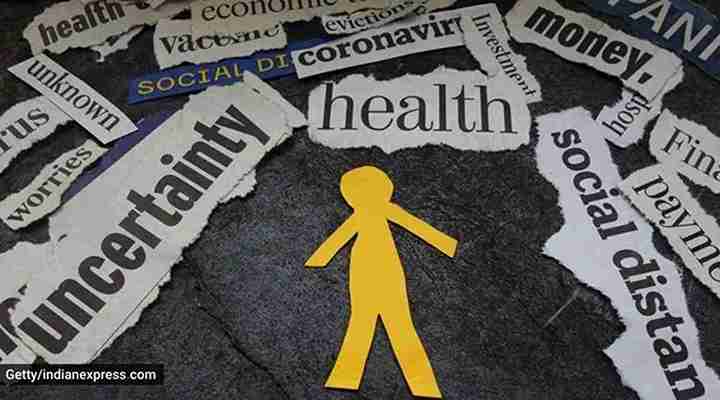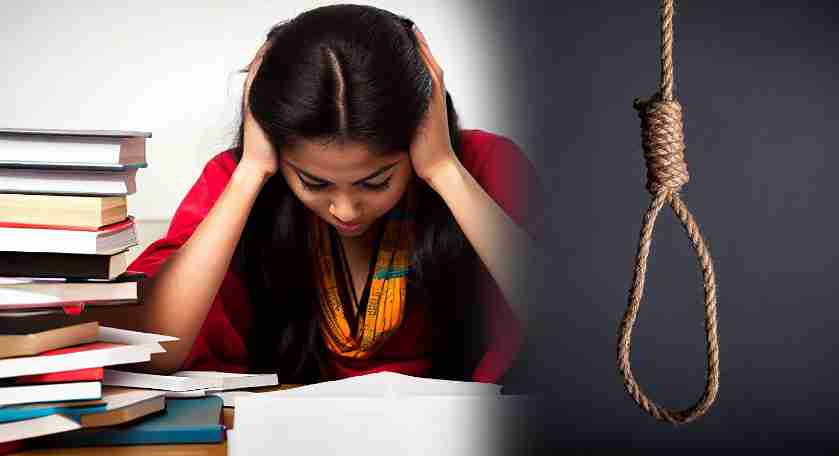Introduction
India, a country known for its rich cultural heritage and rapid economic development, is grappling with a deeply concerning issue that often goes unnoticed – the alarming rise in student suicide rates. While India’s population continues to grow, the rate of suicides has outpaced this growth, painting a grim picture of mental health in the country. The social, economic, and psychological pressures contributing to this crisis are complex and multifaceted, making it a pressing issue that demands immediate attention and action.
This article delves into the factors behind this disturbing trend, highlighting the urgent need for comprehensive mental health strategies to address the root causes and provide support for those at risk.
Understanding the Claim
A new report reveals that student suicides in India are rising at a disturbing rate, far outpacing both population growth and overall suicide trends. The report, titled “Student Suicides: An Epidemic Sweeping India,” was released on Wednesday during the Annual IC3 Conference and Expo 2024.
Drawing on data from the National Crime Records Bureau (NCRB), the report highlights that while overall suicide rates in India have increased by 2% annually, the rate of student suicides has surged by 4%. The report also suggests these figures may be underreported, indicating a potentially even more severe issue.
The IC3 Institute’s report details that student suicides now account for 7.6% of total suicides, matching the proportions seen in several adult demographics, including farmers and salaried employees. The gender analysis reveals a disproportionate increase among female students, who have seen a 61% rise in suicides over the last decade compared to 50% for males.
The incidence of student suicides continues to surpass both population growth rates and overall suicide trends. Over the last decade, while the population of 0-24-year-olds reduced from 582 million to 581 million, the number of student suicides increased from 6,654 to 13,044.
Rising suicide rates in India
While the number of student suicides has shown a slight decrease, the overall suicide rate in India, encompassing both students and the general population, has witnessed a significant increase of 4.2 percent. This rise is particularly concerning as the rate of student suicides has been growing at twice the pace of the overall suicide rate over the past 20 years.
According to the report, Maharashtra, Tamil Nadu, and Madhya Pradesh are identified as the states with the highest number of student suicides, together accounting for one-third of the national total.
Southern states and union territories collectively contribute 29 percent of these cases, while Rajasthan, known for its high-stakes academic environment, ranks 10th. This highlights the intense pressure associated with coaching hubs like Kota.
Factors Contributing to High Suicide Rates in India
Mental Health Issues and Stigma: Depression, anxiety, and other mental health conditions are significant contributors, but the stigma surrounding mental illness often prevents students from seeking help.
Economic Distress: Financial difficulties, unemployment, and poverty, particularly in rural areas, lead to despair and hopelessness, contributing to higher student suicide rates.
Academic Pressure: Students face immense pressure to perform academically, leading to stress, anxiety, and in some cases, suicide, particularly during exam seasons.
Family and Relationship Problems: Domestic violence, marital issues, and family disputes are common triggers, especially among women.
Substance Abuse: Alcohol and drug addiction can exacerbate mental health problems, leading to impulsive decisions like suicide.
Social Isolation and Loneliness: Urbanization and the breakdown of traditional family structures have led to increased loneliness, particularly among the elderly, contributing to suicide.
Agricultural Distress: Farmers in India, especially in regions facing drought or crop failure, are at high risk of suicide due to mounting debts and lack of government support.
Cyberbullying and Social Media Pressure: The rise of cyberbullying and unrealistic portrayals of life on social media can contribute to feelings of inadequacy and depression, particularly among the youth.
Comparing Global Suicide Rates
Every year 726,000 people take their own life and many more people make suicide attempts. Every suicide is a tragedy that affects families, communities, and entire countries and has long-lasting effects on the people left behind. Suicide occurs throughout the lifespan and was the third leading cause of death among 15–29-year-olds globally in 2021.
Suicide does not just occur in high-income countries but is a global phenomenon in all regions of the world. In fact, close to three-quarters (73%) of global suicides occurred in low- and middle-income countries in 2021.
In 2019, Lesotho had the highest suicide rate at 72.4 per 100k, followed by Guyana, Eswatini, South Korea, and Kiribati. Belgium, with liberal laws on euthanasia, has a high suicide rate, possibly influenced by its policies on doctor-assisted suicide. In China, suicide is the fifth leading cause of death, with higher rates among women, often linked to socio-economic pressures.
South Korea’s high student suicide rate is attributed to factors like elderly isolation and academic pressure. The government of South Korea is making efforts to curb the suicide epidemic. It strives to increase mental healthcare access, a necessity as 90% of suicide victims in South Korea may have a diagnosable and treatable mental health condition. It is also providing education to community leaders to help prevent suicides at a local level.
Government Initiatives: Tackling the Suicide Crisis in India
National Mental Health Programme (NMHP): Launched in 1982, this program aims to provide mental health services at the grassroots level. It focuses on the integration of mental health care into primary health care and promotes awareness about mental health issues.
Mental Healthcare Act, 2017: This legislation was a significant step forward, providing a rights-based approach to mental health care. It decriminalized suicide, emphasizing that those who attempt suicide should receive mental health care rather than face prosecution. The act also mandates that mental health services be made accessible, affordable, and available to all.
Kiran Helpline: Launched by the Ministry of Social Justice and Empowerment, this helpline provides mental health support and guidance to distressed individuals. It is part of a broader effort to make mental health resources more accessible to the public.
Farmer Support Programs: Recognizing the high suicide rates among farmers, the government has introduced schemes like the Pradhan Mantri Fasal Bima Yojana (crop insurance) and direct income support through the Pradhan Mantri Kisan Samman Nidhi (PM-KISAN) to alleviate financial stress and reduce the risk of suicide.
Awareness and Education Campaigns: In collaboration with NGOs and healthcare providers, the government runs campaigns to raise awareness about mental health issues and reduce the stigma associated with seeking help. Schools and colleges are increasingly incorporating mental health education into their curricula.
Expansion of Mental Health Infrastructure: The government has been working to improve the infrastructure for mental health services, including increasing the number of psychiatric hospitals, training mental health professionals, and expanding telemedicine services to reach remote areas.
Policy Initiatives and Research: The government continues to conduct research and gather data to understand the factors contributing to suicide and to develop targeted interventions. Policies are periodically reviewed and updated to address emerging challenges.

Conclusion
The rising student suicide rate in India, reportedly surpassing its population growth, is a stark reminder of the urgent need for comprehensive mental health strategies and socio-economic reforms. While the government has implemented various policies and initiatives, the persistence of this crisis underscores the necessity for a more robust and integrated approach. Addressing the root causes, such as mental health stigma, economic distress, and social pressures, is essential to reversing this alarming trend.
As a society, we must prioritize mental well-being, foster open conversations about mental health, and ensure that support systems are accessible to all. Only through collective action can we hope to reduce the devastating impact of suicide in India.
-BHAWNA SINGH
Must Read: URGENT ACTION NEEDED: CONFRONTING THE MPOX OUTBREAK AND SAFEGUARDING GLOBAL HEALTH


